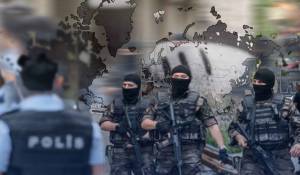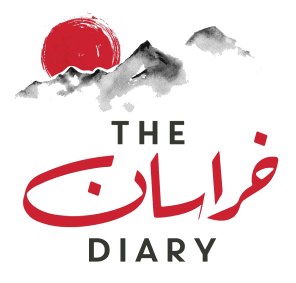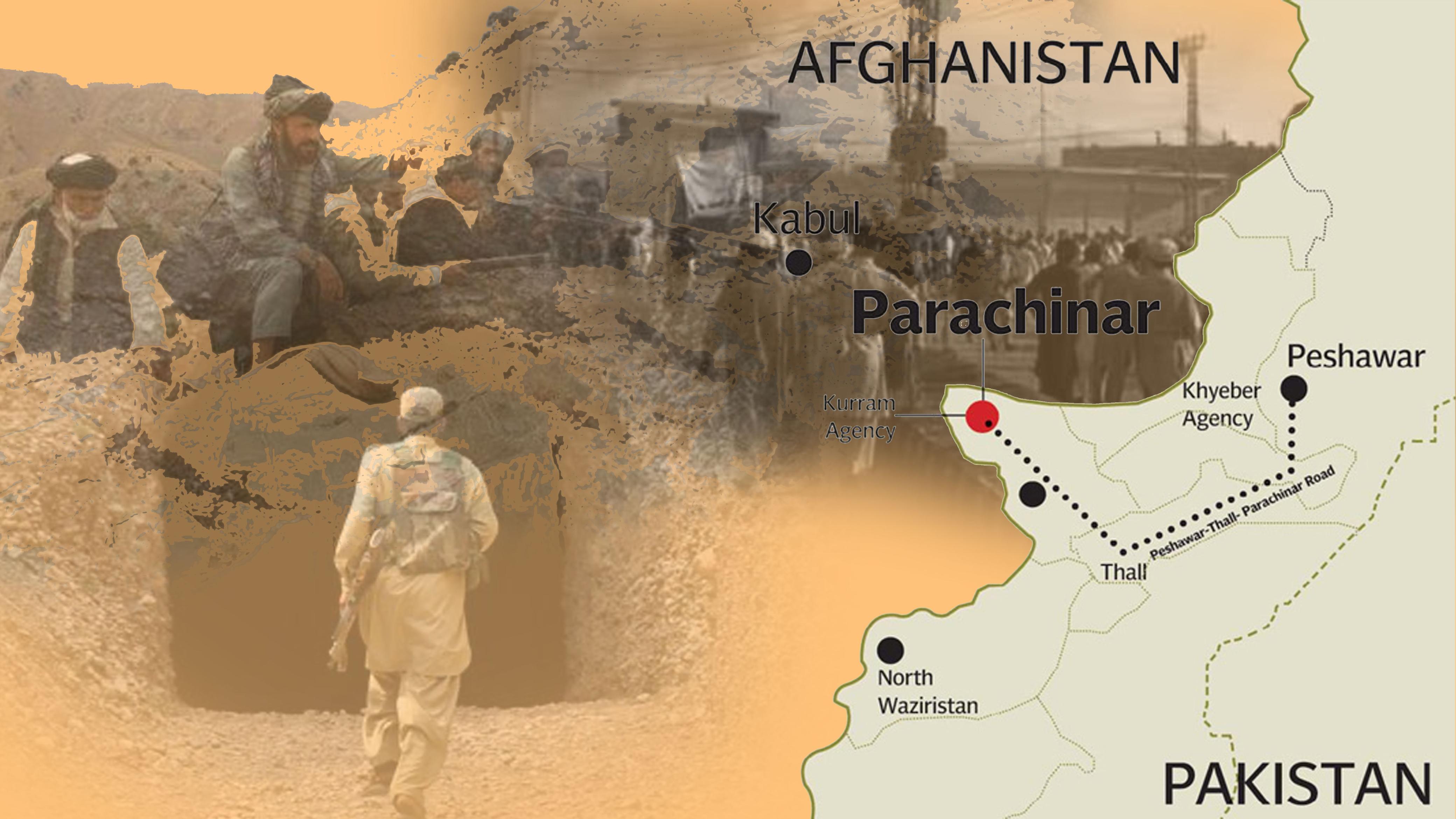
Iftikhar Firdous

December 21, 2025
By | Iftikhar Firdous

Kurram’s security mosaic has been altered and a traditional understanding of a cause and effect [read as retaliatory attacks between rival Sunni and Shia sects] does not offer a solution-based analysis. While histories are important markers for the genesis of the conflict, they no longer remain the sole factor for understanding what’s happening in the Kurram district of Khyber Pakhtunkhwa. The last two decades have metastasized this bloody sectarian conflict from a local to an international conflict. Thus, any effort to pave the way for peaceful coexistence in the district has been resulting in a tautology of similar outcomes with internal and external catalysts further exacerbating an already volatile peace.
A traditionalist approach of calling it a mere sectarian clash point or a land dispute is not just reductionist in essence but this approach is bound to overtly negate the pressing issue of failure of governance and the plethora of militant organizations and proxy gains of years of involvement of countries in this tea-cup with a swirling tornado that touches the coast of a sectarian fault line running deep through Pakistan’s fabric from Gilgit to Karachi, Jhang to Taftan and beyond, till the Middle East and even as far as Australia.
Kurram has a pentagonal security architecture, one preceding the other in the form of a self-empowering mosaic, considered to be the basis of conflict. The interplay of these five factors, one aligning with the other(s) creates a dominant effect that then not just instigates but plays upon the gaps in governance, politics, customs, and Indigenous systems. These five pillars of conflict specific to Kurram are:
• The Influence of Afghanistan. (Who rules Afghanistan at this point/ Whose troops are on the border?)
• Inter-Tribal disputes instigated by traditional concerns and lack of government lead solutions. (Tribal Conflicts/Resource Claims)
• The local Shia versus Sunni Sectarian paradigm? (Tribal Conflict Actors/A Web of Sectarian Groups)
• Proxy Warfare and Locally Recruited Global Conflict Drivers.
• Land Dispute (Pre-Post Displacement and resettlement of Shia and Sunni population)
Each of these factors contributes to how the conflict of the day in Kurram is defined, even a cursory glance at Kurram’s deteriorating law and order cannot rule out that external influences, now intrinsic to the conflict ecosystem of the district are central to this destabilisation. A deep structure analysis, based on primary, secondary and tertiary sources maps an emerging pattern of how Kurram is a minute example of what is expected to happen as new lines of conflict are drawn globally to shape violent conflicts locally.
Three incidents with reference to Kurram from November to December 2024 are sequential, connected, and difficult to interpret as coincidences. Firstly, the large-scale sectarian attack on a convoy of Shia passengers in Kurram instigated a full-fledged Shia-Sunni battle on November 21, 2024. Secondly, the fall of Syria on December 8, 2024, at the hands of the Salafist, Hayat Tahrir Al-Sham, breaking through the axis of resistance and ending the clout of the Iranian militias, including the Lewa- az- Zainabyun (Zaynabiyun Brigade), recruited mostly from Kurram and lastly, the assassination of Haji Khalil Haqqani by the Islamic State Khorasan through a suicide bombing in Kabul, the man who was the lesser known face of the Kurram accord.
The Haqqanis have always remained an unavoidable influence in Kurram, firstly because of the close proximity to their base in Dande, North Waziristan, providing a protected route to the predominantly Sunni-populated, Sadda, Central Kurram, and secondly, because Kurram is only 60 miles from Kabul, the shortest route from the Zadran tribe’s bastion of Loya Paktia, that includes Khost, Paktia and Paktika provinces.
The Spin Ghar, Koh-e-Sufaid (White Mountain) is a recurring theme in the Islamic State Khorasan’s literature, with its most active platform titled, Speen Baghawat (Rebels of the White Mountain). When Paktia played host to Osama bin Ladin and his cadre of Arab volunteer fighters during the 1980s, these fighters used Kurram to move between Jaji and Jalalabad, Nangarhar building roads to facilitate easy access. In Jaji, Bin Ladin constructed Mas`ada, Arabic for the ‘lion’s den’ which eventually became a cavernous cave complex serving as the forward-deployed position for foreign fighters assisting in the anti-Soviet jihad. Two decades later in Nangarhar, the Islamic State built its first Tamkeen (Branch of the Caliphate) in 2014 when it first announced its presence in Pakistan and Afghanistan. The fumes of the B-52 bombers from the ‘Battle of Tora Bora’ in 2001 and the after-effects of the ‘Mother of All Bombs’ in Achin in 2017 are inexplicably tied with the turbulent history of Kurram.
The Tall-Parachinar-Sadda highway that connects Lower, Central and Upper Kurram remains the singular route through the district. Clashes between Shia and Sunni tribespeople have resulted in frequent blockage of the route. With Shias being totally locked at the top of the area, their only way of travel then remains either through Gardez in Paktia, or by exiting towards Nangarhar to reach Peshawar.
| ANALYSIS: The Remaking of Sectarian Faultlines: Syria to Pakistan |
When the Tehreek-e-Taliban (TTP) Pakistan emerged in 2007, it began stoking a sectarian war in Kurram. The relationship between the Haqqanis and TTP was intimate, to say the least, and many believed that the Haqqanis were the instigators as well as the arbiters, and ultimately benefactors of this conflict.
In October 2008, the Murree Accord was signed between elders of the Bangash and Turi tribes. It was called the Murree Accord. The agreement opened up the highway that was closed for almost a year and a half. However, the violence did not end. The kidnapping and killing of Shia tribesmen continued and many Sunnis were also killed in retaliation. The pressure to allow the Haqqanis’ passage through the upper Kurram continued until February 2011, when a 220-member jirga finally brokered the deal, after several meetings in Kurram, Peshawar, and Islamabad.
The siege ended with the intervention of the Haqqanis who not only guaranteed sectarian harmony but also safe routes for all sects. Although the deal was not made public, it was referred to as the implementation of the Muree Accord. Haji Khalil Haqqani, the brother of Chief of the Haqqani faction, Jalaludin Haqqani, remained central to brokering the deal in Kurram.
The South of Khyber Pakhtunkhwa is the most underdeveloped part of the province, structurally and financially. Administratively it's divided into three divisions, Kohat-Bannu-Dera Ismail Khan, the two Waziristan’s, North and South, that are considered to be turf of the Pakistani Taliban and have gained an infamous reputation globally fall within the limits of Bannu and Dera Ismail Khan divisions. It is therefore not an astounding number statistically that the brunt of the attacks against Pakistan’s security forces has been centered in the two divisions. Statistically, 67% of the total attacks since 2021 have been in the South of the province, Khyber Pakhtunkhwa.
While Dera Ismail Khan and Bannu have been in the thickets of violence to the extent that the government had to inform its workforce not to travel on the main road after sunset and police have refrained from patrolling the districts after evening prayers owing to the large number of target killings and kidnapping for ransom. The third division Kohat includes Kurram had been relatively calm, but only relatively in comparison.
Between August 2021 and December 2024, there has been a gradual but significant shift in violence in Kurram district. The district profile document of Kurram, available with The Khorasan Diary, shows that there has been no suicide bombing, but there was a 15% increase in overall casualties, highlighting the evolving nature of violence. Attacks on law enforcement agencies (LEAs) witnessed an unprecedented 400% increase, which includes assaults on Frontier Corps, the Intelligence Bureau, and the Army. Attacks on police personnel alone rose by 100%, reflecting a concerning trend of targeted violence. Similarly, attacks on civilians surged by 300%, amplifying the toll on non-combatants.
The use of Improvised Explosive Devices (IEDs) also escalated by 200%, while hand grenade attacks decreased by 100%, indicating a shift in the methods of violence employed. Further to this, there was a 225% increase in firing raids. While there were no reported cases of target killings, kidnapping for ransom (KFR) doubled, and extortion incidents remained unchanged. Terror financing cases saw a 67% reduction, and recovery cases declined by 45%, indicating some success in curbing financial avenues of violence. But the overall map of key indicators shows an unabated upward trend in violence.
In the recent sectarian clashes in Tallo Kunj, Badshah Kot, and Bagan of Kurram, the relatively new entry of conflict actors Zaynabiyun Brigade has given a new dimension to the conflict. The Zaynabiyun Brigade with its yellow monogram has Allama Arif Hussain al-Hussaini’s picture, an inspiration for Kurram’s youth. Hussaini was a Syed born in Pewar, Parachinar, and was a close associate of Imam Khomeini, assassinated in 1988 at his seminary in Peshawar, al-Hussaini for the completion of his early education went to Najaf, Iraq for further studies.
During this period, in 1967, he met Ayatollah Khomenei who was in exile in Iraq. Hussaini’s biographers have portrayed him as a man of deep intellect and vision, who despite early resistance to stand by Khomeini, stood firm with the Shia leader. He was awarded the title of Wakeel for the Ayatollah, a title reserved for the Marja, who could collect Khumus on behalf of Khamenei when he returned to Pakistan in 1973. The years of the Islamic Revolution in Iran….
The published analysis is part of a larger compilation of research work by the author on the subject. To continue reading this analysis please contact The Khorasan Diary at: [email protected]